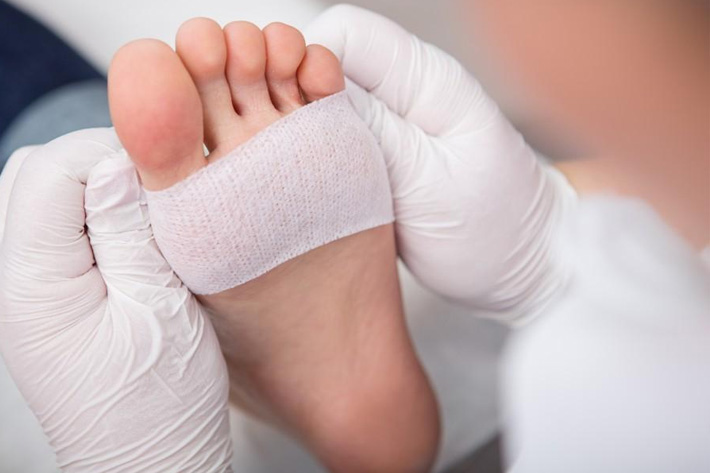Toe fractures are common injuries that can occur due to various reasons, such as stubbing the toe, dropping a heavy object on it, or participating in sports activities. Fractures can involve any of the bones in the toes, including the phalanges (toe bones) or the metatarsals (long bones of the foot).
Symptoms of a toe fracture may include pain, swelling, bruising, difficulty walking, and deformity of the toe. If you suspect a toe fracture, it’s important to seek medical attention for proper diagnosis and treatment. A healthcare professional, such as a doctor or orthopedic specialist, will typically evaluate the injury through a physical examination and may request X-rays to confirm the diagnosis.
Treatment options for toe fractures can vary depending on the severity and location of the fracture. Here are some common approaches:
- Rest and immobilization: For minor toe fractures, the doctor may recommend rest and immobilization. This involves avoiding activities that put stress on the toe and wearing a stiff-soled shoe, splint, or buddy taping (taping the fractured toe to an adjacent toe) to provide stability and support during the healing process.
- Fracture reduction: If the fracture is displaced (the bone ends are not aligned properly), the doctor may need to perform a reduction. This procedure involves manipulating the bone fragments back into their correct position, either manually or with the help of surgical instruments.
- Casting or splinting: In some cases, a cast or splint may be applied to immobilize the toe and promote proper healing. This is more common for fractures involving the metatarsal bones.
- Surgery: Severe toe fractures, such as those that are open (the skin is broken) or unstable, may require surgical intervention. Surgery aims to realign the bones and may involve the use of screws, pins, wires, or plates to stabilize the fracture.
- Pain management: Over-the-counter pain relievers, such as acetaminophen or ibuprofen, may be recommended to manage pain and reduce inflammation. Prescription pain medications may be necessary for more severe pain.
During the recovery period, it’s important to follow the doctor’s instructions, which may include weight-bearing restrictions, elevation, ice application, and exercises to improve range of motion and strength once the bone has healed.





